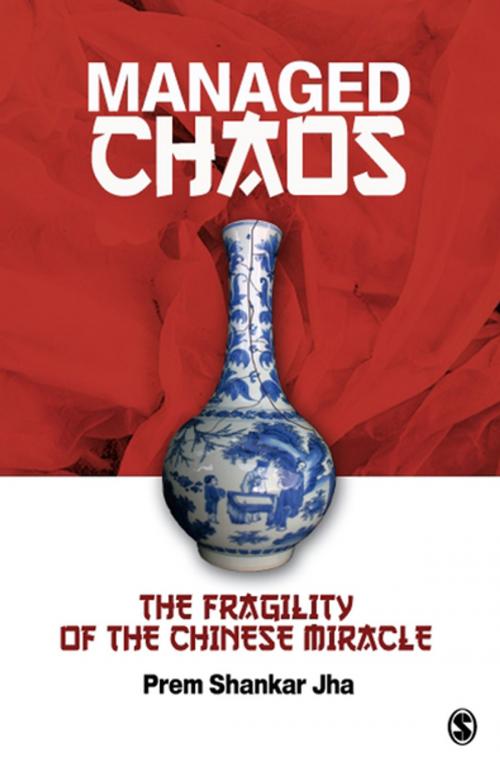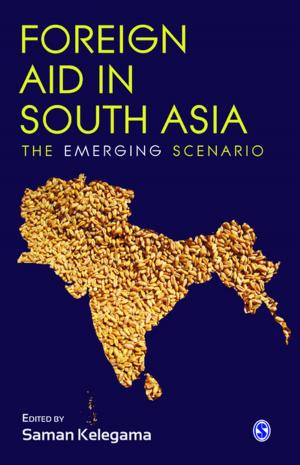Managed Chaos
The Fragility of the Chinese Miracle
Nonfiction, Social & Cultural Studies, Political Science, Politics, Economic Conditions, Economic Policy, Business & Finance| Author: | Prem Shankar Jha | ISBN: | 9789352801992 |
| Publisher: | SAGE Publications | Publication: | June 11, 2009 |
| Imprint: | Sage Publications Pvt. Ltd | Language: | English |
| Author: | Prem Shankar Jha |
| ISBN: | 9789352801992 |
| Publisher: | SAGE Publications |
| Publication: | June 11, 2009 |
| Imprint: | Sage Publications Pvt. Ltd |
| Language: | English |
Managed Chaos: The Fragility of the Chinese Miracle reads into the Chinese politics and economy and the disparate status and position of the two domains. On one hand, its economy has sustained a near 10 per cent growth rate for 30 years, while, on the other, trapped in an incomplete transition from a totalitarian to a democratic market economy, politically the country is still considered a fragile state. This book helps the reader resolve this incongruity through its inference.
The defining features of this book are:
- Armed with an original application of Michal Kalecki’s theory of intermediate regimes, it provides an explanation of China’s explosive growth.
- It indicates the formation of a new stratum, through winding up of centralised planning, the stratum of ‘proto-bourgeoisie’, consisting of the local cadres of the communist party, who can counter the central cadres for capturing investible resources of the state.
- It creates a single politic-economic model that explains China’s economic and political development. The causal connections in the model make it possible to predict China’s future, and the challenges it faces.
This book makes a significant contribution to the literature on Chinese political economy over the past three decades. It is a must read for all discerning and informed readers. It will also be valuable for policy makers and students and researchers working in the areas of international relations, Chinese studies and political economy.
Managed Chaos: The Fragility of the Chinese Miracle reads into the Chinese politics and economy and the disparate status and position of the two domains. On one hand, its economy has sustained a near 10 per cent growth rate for 30 years, while, on the other, trapped in an incomplete transition from a totalitarian to a democratic market economy, politically the country is still considered a fragile state. This book helps the reader resolve this incongruity through its inference.
The defining features of this book are:
- Armed with an original application of Michal Kalecki’s theory of intermediate regimes, it provides an explanation of China’s explosive growth.
- It indicates the formation of a new stratum, through winding up of centralised planning, the stratum of ‘proto-bourgeoisie’, consisting of the local cadres of the communist party, who can counter the central cadres for capturing investible resources of the state.
- It creates a single politic-economic model that explains China’s economic and political development. The causal connections in the model make it possible to predict China’s future, and the challenges it faces.
This book makes a significant contribution to the literature on Chinese political economy over the past three decades. It is a must read for all discerning and informed readers. It will also be valuable for policy makers and students and researchers working in the areas of international relations, Chinese studies and political economy.















